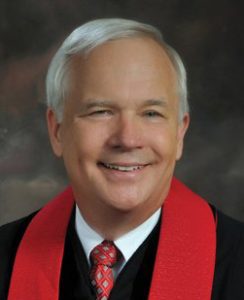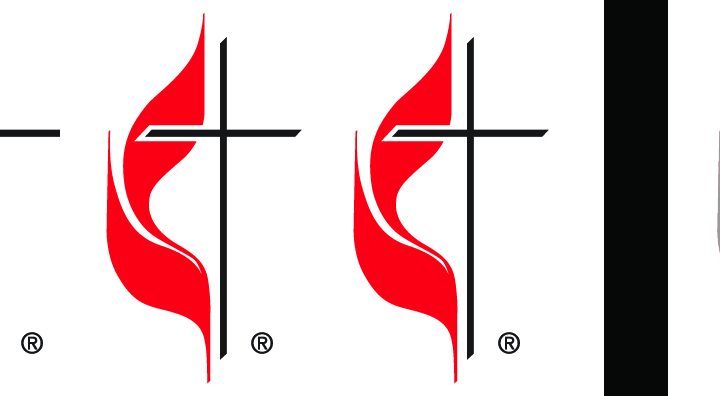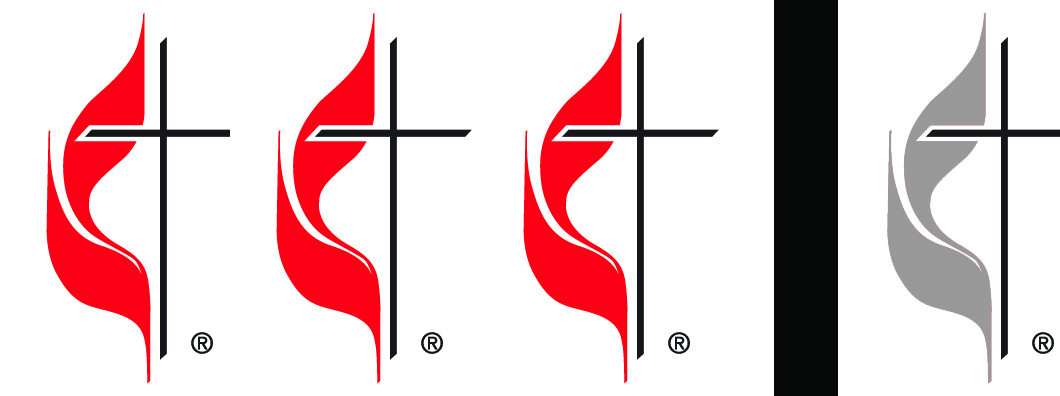Final statistics for churches exiting The United Methodist Church show more similarities than differences between congregations that left the denomination and those that stayed, along with sustained identity trends among 7,600 departing churches — 25% of the UMC’s 30,000 churches in the United States.
The break-up of the UMC was initiated at a special legislative assembly, the 2019 General Conference, which authorized a process through which U.S. local churches could leave the 12-million-member worldwide denomination “for reasons of conscience.” The phrase, “reasons of conscience,” was taken to mean a local congregation disagreed with the UMC’s bans on same-sex marriage and ordaining LGBTQ clergy.

Lovett H. Weems Jr.
By a margin of roughly 60 votes, delegates at the 2019 General Conference tightened the penalties for violating the UMC’s anti-LBTQ stances, and the “disaffiliation clause” was expected to give pro-LGBTQ churches an exit ramp. Instead, more theologically conservative churches began to leave, spurred by the conservative Global Methodist Church’s founding in May 2022.
Final disaffiliation statistics were compiled by senior consultant Lovett H. Weems Jr. of the Lewis Center for Church Leadership at United Methodist-related Wesley Theological Seminary in Washington, D.C. The findings were published Jan. 17 in two articles on the Lewis Center website.
The Northwest Texas Annual (regional) Conference was the hardest-hit regional unit, with 81% of its local churches disaffiliating.
Weems found churches approved to leave the denomination with their property by the end of 2023 shared the following characteristics:
- Disaffiliating churches were predominantly in the Southern United States, with the UMC’s nine-state Southeastern Jurisdiction losing 50% of its churches and the eight-state South Central Jurisdiction losing 21% of its churches.
- Churches that left and churches that stayed were roughly the same size, with 63% of disaffiliated churches having an average worship attendance of 50 or fewer people, only a 1% difference of pre-disaffiliation totals across the entire denomination.
- Nearly all exiting churches (97%) are predominantly white. Among churches where people of color formed the majority membership, mostly Black churches had the highest percentage of disaffiliations, 1.6% of the total 7.6% Black membership in the U.S. UMC.
- Only 37% of disaffiliating churches had a seminary-trained lead pastor, compared to 43% of churches that stayed UMC.
- Disaffiliating churches were more likely (81%) to have a male lead or solo pastor, compared to 71% of staying churches.
- The Northwest Texas Annual (regional) Conference was the hardest-hit regional unit, with 81% of its local churches disaffiliating. Northwest Texas is proposed to merge with Central Texas and North Texas conferences this summer.
Some church leaders had predicted disaffiliations would tally between 6% and 10% of the total U.S. membership, so the final tally of 25% departures proved shocking. However, wrote Weems, “One stark difference seen between disaffiliating churches and similar departures from other Mainline denominations is the decision of disaffiliating churches to remain independent of any denomination, at least for now.”
In other words, churches left the UMC but declined to join the conservative breakaway Global Methodist Church, founded by the traditionalist Wesleyan Covenant Association.
In addition to the final statistics, Weems wrote that the disaffiliation count raises several questions needing more research related to the disaffiliation process’ influences and the denomination’s future. Among these questions:
Did some congregations not fully embrace prior unifications? American Methodism has split into several branches in the 234 years since the church was founded after the American Revolution. Two major reunifications occurred — in 1939, when three branches that split around the Civil War reunited, and in 1968, when the historically English-speaking Methodist Church merged with historically German-speaking Evangelical United Brethren Church to form today’s United Methodist Church.
What issues motivated disaffiliations? Among the issues Weems cited were property ownership, real estate value, pastor’s preference, reliance on misinformation, the UMC’s “connectional” organization compared to congregational independence, disconnection from the denomination over theology and social justice policies, and apportionments, the “fair share” contributions expected of all United Methodist churches to fund international ministries.
Why did some conferences have virtually no disaffiliations? Some regional units had no disaffiliations, while others had only a few. “It is clear that both race and region mattered in the propensity of churches to disaffiliate,” Weems wrote. “However, we know from public surveys that disagreements around human sexuality are present in varying degrees across most regions and races.”
Was there a reflection of the polarized society at play? Weems wrote: “Some have speculated that the timing of disaffiliation could not have been worse given the polarized politics of the United States. Some argue that many people who traditionally would not have been attracted to a secession movement now could see disaffiliation as a natural next step to their support of a particular political direction.”

Will Willimon
Retired Bishop William Willimon, a former seminary professor who served as a bishop in Alabama, said recently he blamed the political atmosphere incited by former President Donald Trump for fueling the UMC disaffiliation movement.
Weems also raised questions about the influence of active bishops and pastors and retired bishops and pastors on disaffiliation votes.
“One example is a retired pastor who handed out pro-disaffiliation literature as people left church in a congregation with little interest in disaffiliation,” the scholar wrote.
“Another retired pastor began a new congregation for members dissenting from a church’s decision to remain in the United Methodist Church. Some active and retired pastors who support the disaffiliation movement have kept their own clergy credentials within the United Methodist Church, causing some to question their intentions,” Weems wrote in his summary.
Questions of intention may have a bearing on a new movement to extend the disaffiliation process. Petitions to reinstate the disaffiliation process have been submitted to the 2024 General Conference, which meets April 23-May 4 in Charlotte, N.C.


